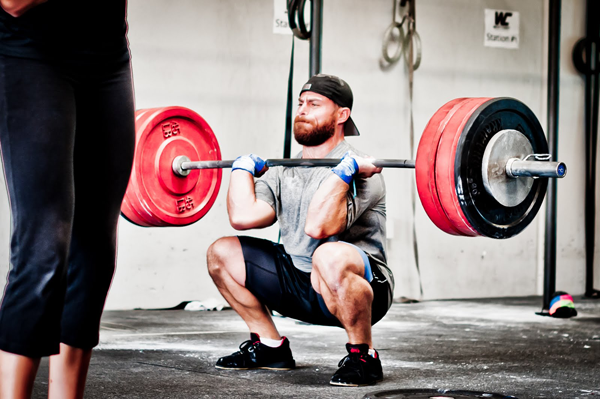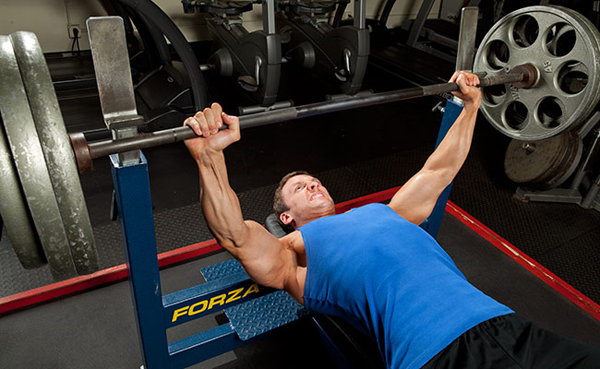How many times have you gone into the gym and literally just picked a random number of repetitions to perform on a specific exercise? Picking the correct volume of training plays a huge role in the SAID Principle. If it’s such a big deal, then what is the ideal rep range? Well, that all depends on you. They’re are all perfectly fine. You just have to know what your own goals are in order to pick a rep range for yourself. Let’s discuss 3 different categories of rep ranges and how they might effect your body.
Low Rep Range (1-5)
The lowest rep range is anywhere from 1 to 5 reps. Since the count is so low, the weight being used will usually be between 85% – 100% of your 1 rep max (the maximum weight that you can lift 1 time).
The amount of muscles that are recruited to lift an object depends on the load of the object. If your slow twitch fibers can lift the weight, they will be the only ones recruited to work. If not, intermediate fibers will be summoned. Lastly, fast twitch fibers are called to duty.
The reasoning behind that order of muscle operation is because fast twitch muscles get tired the easiest, so the body saves them for when they are really needed.
In the low rep range, usually the load being lifted is relatively heavy. Some movements, like olympic lifts are really explosive and require a lot of power to be generated. Therefor, this rep range usually recruits the most muscles into action.
This rep range will promote an increase in thickness and number of muscle fibers. It will also increase the number of myosin and actin filaments within the muscle fibers. If you’re trying to gain brute strength and power, this is the rep range that you should stick to.

Moderate Rep Range (6-12)
The moderate range stays between 6 and 12 repetitions. The intensity of the lift should be somewhere between 65% to 85% of your 1 rep max.
This rep range is basically a mixture of the low range and high range. It doesn’t do as good of a job of increasing overall strength, like the low range. But it does promote muscular hypertrophy due to the increased time under stress.
Studies show that this rep range does the best job at actual growth. Think about the difference between an olympic weight lifter and a bodybuilder. A bodybuilder’s goal is to get the “pump” going. They aren’t worried as much about brute strength production.

High Rep Range (15+)
This range lies anywhere from 15 reps and beyond. You probably won’t be lifting anymore than 65% of your 1 rep max in this range.
This type of volume for lifting is great for muscular endurance. You’ll be training mostly slow twitch muscle fibers and depleting the glycogen stores. Mitochondria will become more dense within cells, so that they can produce more energy for an extended period of time.
There is still muscular grown in this range because anabolic hormones are released at a very high level.
 facebook. I think you might also like The Basics Of Toning Your Legs.
facebook. I think you might also like The Basics Of Toning Your Legs.
 About Adam Pegg
About Adam Pegg



